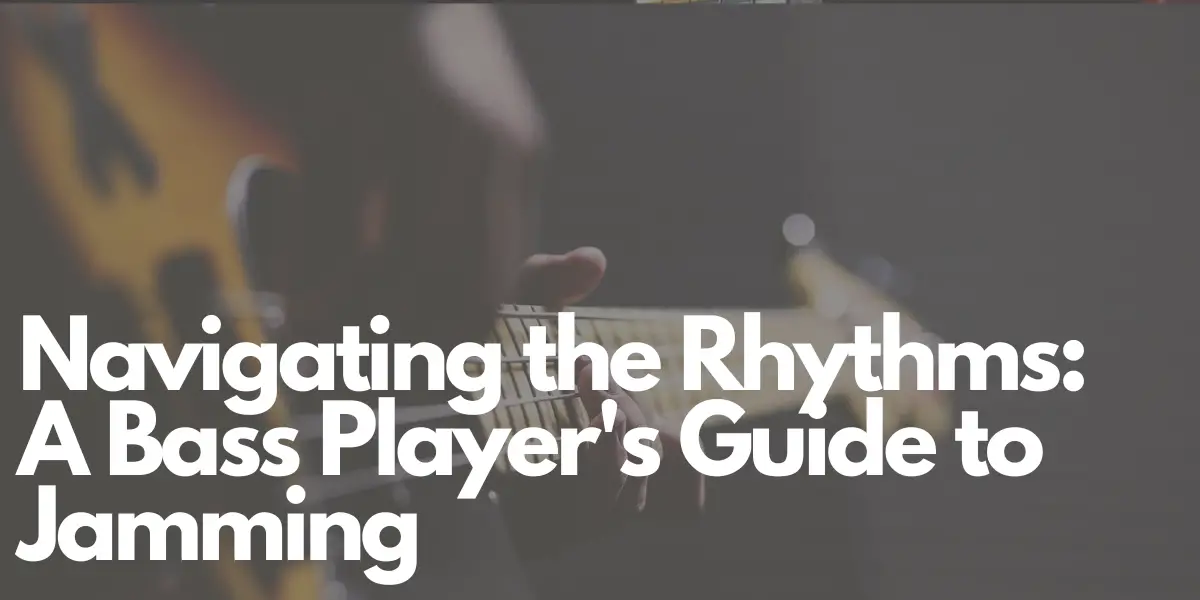Jam sessions have a deep-seated place in the history of American music. Picture this: more than a century ago, music lovers had just one way to experience live music. They’d gather in places like house parties, clubs, or even basement speakeasies. Liquor would flow freely, and while some performers had planned sets, often the real magic happened when musicians went with the flow. These spontaneous musical moments, particularly in jazz, marked the beginning of the jamming culture.
The Learning Ground for Artists
There’s something exhilarating about the unpredictability of jam sessions. This spontaneity, this playfulness, has made jam sessions a valuable learning ground for budding musicians. Think about iconic artists like Slam Stewart and MonoNeon. Their journey to mastery began at these sessions. It’s where they refined their craft, discovered their unique sound, and even built their first fan base.
Jam Sessions Vs. Open Mics
It’s essential to note that jam sessions are not the same as open mics. While open mics typically revolve around singers performing well-known tunes with a backing band, jam sessions are all about collaboration. Here, every musician, with or without a singer, is on equal footing. What’s vital in a jam session is the ability to adapt quickly, to respond in the moment to the music’s ever-changing landscape.
After witnessing some not-so-great jam sessions, I realized the importance of a good bassist and drummer. The entire vibe of a session could quickly plummet with a bad performance from either.
Tips for Bassists in a Jam Session
- Stay in Tune: The bass you’re handed might not be in tune. It’s essential to ensure you’re in tune before playing a single note. Whether it’s before stepping on stage or during a song, always be in tune. A handy trick is to master tuning while playing.
- Share the Stage: Remember, it’s not all about you. Many other musicians are eager to showcase their talent. Play your part, make your mark, and then gracefully exit the stage.
- Know Your Basics: Being familiar with common musical forms can be your safety net. Start with blues and rhythm changes. These form the basis for countless songs. Play them in all 12 keys, and you’ll be prepared for most jams.
- Expand Your Repertoire: Dive into jazz standards like “Donna Lee” or “Cherokee.” While they might not be your style, they offer lessons in advanced harmony, melody, and song structure. Also, familiarize yourself with Motown classics. Tracks by legends like Stevie Wonder often serve as the foundation for many contemporary songs.
- Active Listening: A good bassist knows the importance of keen listening. By the second rotation of a song, you should have a fair idea of its structure. Playing along with unfamiliar songs on the radio is an excellent way to hone this skill.
Lastly, remember that jam sessions are as much about the people as they are about the music. Maintain a positive attitude, be respectful to everyone, and relish the experience without overshadowing others. Enjoy the rhythm and let the music guide you!
Author: Mike P
Hi! My name is Mike! I’ve been an apartment producer/musician for 10+ years. I’ve played in punk bands, released EDM tunes on Beatport and iTunes, and have a semi-successful stock music portfolio. Read more…


